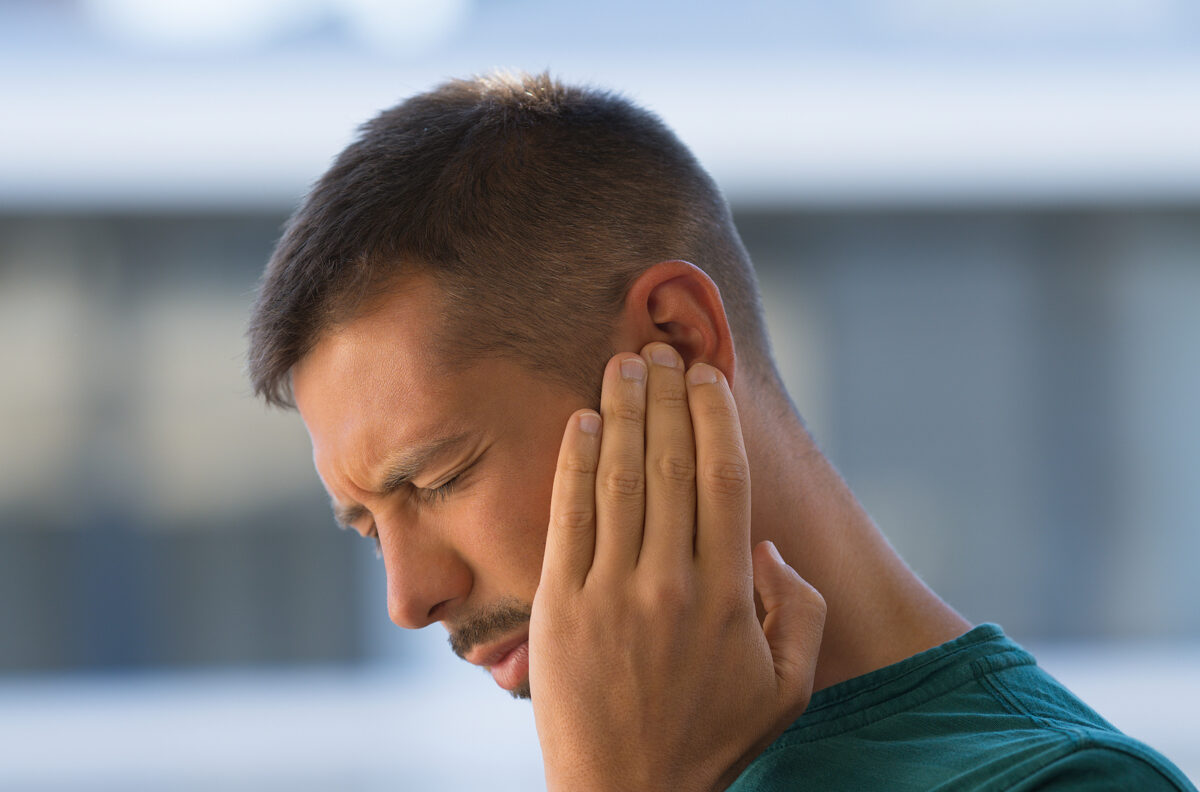Hearing Loss is More Common Than You May Assume
Between 40-50 million Americans live with disabling hearing loss, making it more common than diabetes or even cancer. The odds of being born with congenital hearing troubles are very low, less than one out of every 300 births. But 13% of the population 18 years old & older & more than half of everyone over the age of 75 suffer from it. Countless causes explain this.
The Causes
It essentially the same injury that accounts for over 90% of all cases of hearing loss. Minuscule hairs in our inner ears vibrate against our ear drums to detect sound. The ear drum then transmits instantaneous signals to our brains to interpret the sounds. Hearing loss is the result when these antennae-like hairs or, less commonly, the eardrum itself is injured.
This kind of injury can be the result of too close proximity to an extremely loud noise, such as the blast of an explosion. More commonly it happens gradually due to routine exposure to dangerous sound levels. More time with these risky volumes leads to more damaged nerves.
Ototoxins are chemicals that damage our central auditory systems when inhaled, ingested, or absorbed & this damage leads to hearing loss. Whether it the result of sound levels or ototoxic exposure, hearing loss is most frequently irreversible. There are no surgeries or medications. & like using a cane to help you walk with an injured ankle, hearing aids can help, but they will not help restore your hearing.
Plenty of recreational activities that we commonly consider normal are potentially risky, such as loud sporting events or concerts. But more ominously, the Center for Disease Control (CDC) estimates that 22 million people each year are regularly exposed to dangerous sound levels at their places of employment.
Occupational Hearing Hazards
Any time you need to raise your voice to communicate with someone three feet away, you are in a setting that is most likely louder than 85 dB. Any extended period in such an environment is a risk. You will likely suffer at least some subtle temporary hearing loss or ringing in your ears. Sports arenas, bustling restaurants and nightclubs, construction sites, airport runways are common workplaces in which people habitually spend hours immersed in these risky volumes.
Some industries are especially risky because they require exposure to both dangerous sound levels & ototoxic chemicals. This combination poses a synergistic effect, meaning that even if both the sound levels & the chemical exposure fall below industry standards of acceptable, the combination can still wreak havoc.
These Riskiest Industries
—Construction workers often depend on ototoxic solvents while enduring prolonged exposure to deafening machinery.
—Agricultural workers also work alongside loud machinery & expose themselves to ototoxic pesticides which they inhale when sprayed & absorb through their skin when they touch soil or crops.
—Factory workers that work in all different sectors from metal fabrication to garments & textiles spend all day with loud machinery & dangerous residues & fumes.
—Mining is the most notorious industry for causing hearing loss. The constant exposure to extreme volumes & extreme concentrations of ototoxic residues have a profoundly synergistic hazardous impact.
Mitigating The Risks
The Occupational Safety and Health Administration (OSHA) has guidelines across industries to mitigate these risks. These guidelines place the brunt of prevention on the industries themselves, guaranteeing the establishment of the safest work environments possible, though of course individuals are responsible for following the protocols.
For example, OSHA requires that employers implement hearing conservation programs in any workplace where noise exposure averages 85 decibels or more over the course of eight hours.
Such programs provide employees with the knowledge and protection necessary to safeguard themselves.
Employers are obligated to take steps to limit the risks to their employees. For example they must always defer to quieter machines when possible, they must isolate the sources of dangerously loud sounds, limit the time that each worker is exposed to these sources, & remain vigilant about the use of PPE.
Similarly regarding ototoxic chemicals, employers must educate their workers about the risks. They must eliminate & substitute these chemicals whenever possible. They must isolate these chemicals & provide proper ventilation to minimize the risks, limit exposure time & of course PPE.
Respect & adherence to these guidelines will help preserve your hearing & your overall quality of life.

